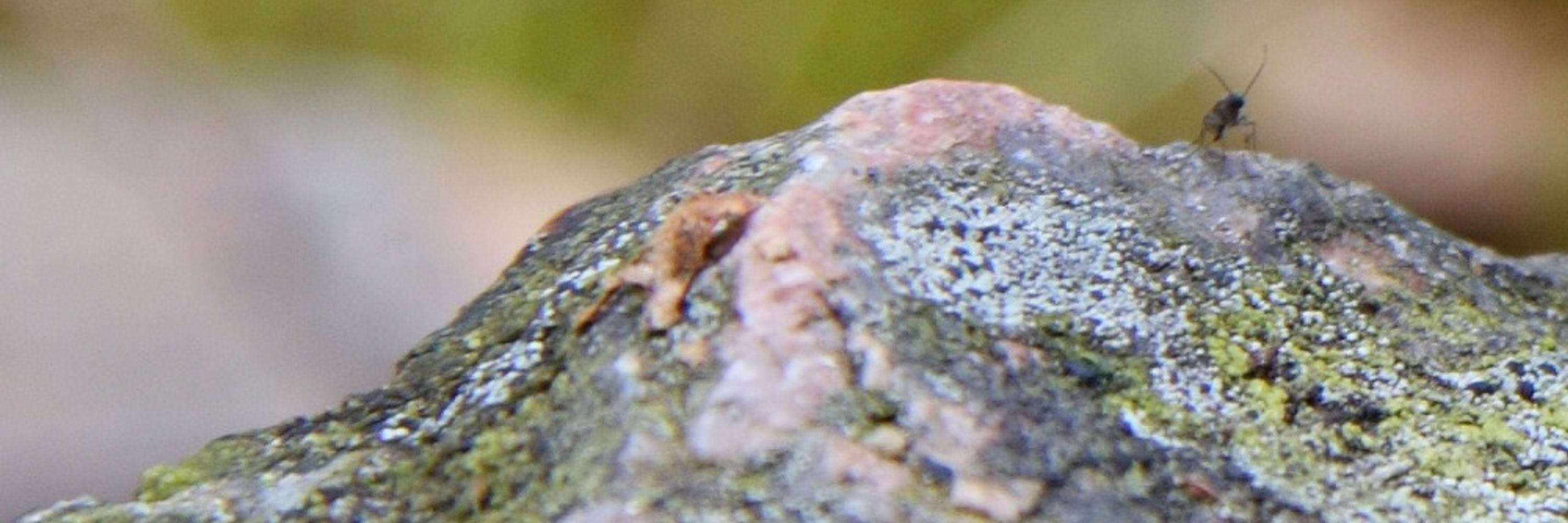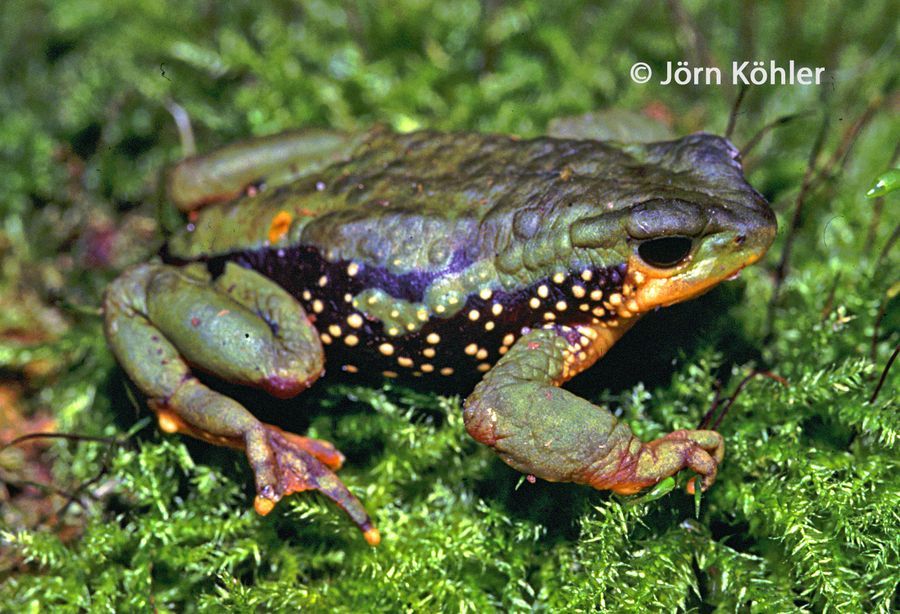Toad Facts
@toadfacts.bsky.social
1.4K followers
0 following
620 posts
I post daily(ish) facts about toads! My profile photo is an Anaxyrus americanus by Simon Pierre Barrette! Also find us at @[email protected] on Mastodon!
Posts
Media
Videos
Starter Packs
























